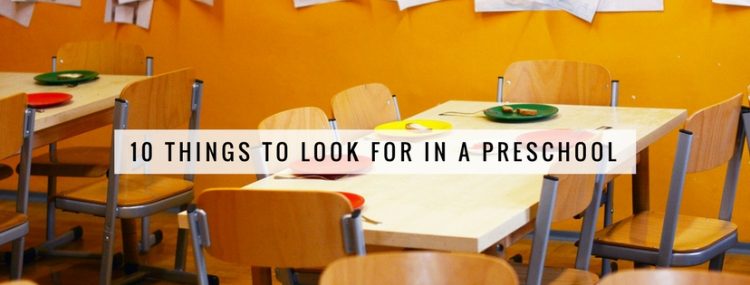
10 Things To Look For in a Preschool
Choosing the right preschool isn’t an easy thing. Most people just don’t put much thought before enrolling their child in a preschool, but this could turn out to be a grave mistake. A preschool is not just a center that babysits your child for half a day, it is more like a second home to your child. Children learn a lot in preschools, they develop a lot of their personality traits, habits etc. at preschools. Don’t take any chances in choosing the right preschool for your child. Here are 10 things to look for in a preschool before enrolling your child.
1. Do a policy check.
Find out whether you share parenting philosophies on topics such as discipline (Do the caregivers use time-outs, scoldings?); television (Is the TV on all day or used sparingly, if at all?); feeding (What snacks or drinks are provided for older babies?); sleeping (When are naps offered? How are fussy babies put to sleep?); and so forth. Inquire about the sick-child policy (What symptoms prevent a child from attending?). Also, ask whether there’s a backup plan should the family day-care provider or in-home caregiver get sick and be unable to work. The more questions you ask early on, the less likely you are to be unpleasantly surprised later.
2. Trust your gut.
Every parent knows when something doesn’t feel quite right. You may be turned off by a center everyone in town raves about or clash with a highly recommended sitter. If that happens, keep searching. Babies deserve, and thrive under, good, nurturing care. If something just doesn’t feel right about your situation, investigate other options.
3. Look down.
When you’re visiting a potential site, pay attention to how the staff interacts with the children. Ideally, a caregiver should be on the floor playing with the kids or holding one on her lap. In their early years, babies need close, loving, interactive relationships with adults in order to thrive. That’s why it’s especially important that babies’ first caregivers be warm and responsive, and that even in group care, infants and older babies get a healthy dose of one-on-one time.
4. Outdoor Play Environment
Check to see the following: Do the kids get to play in woods or just a yard? Are there natural play structures there or is it just something that was ordered off the internet and put together by a Task-Rabbit one weekend who doesn’t even know what a toddler looks like? This is important. Make sure the preschool has a good infrastructure with all the necessary structures with recommended safety.
5. Indoor Play Environment
This one’s really important. You have to check the following:
What are the toys like?
What are they made of? Are they made of wood? Are they made of plastic? Are the toys compostable? Are they soy-based or corn-based?
Are the toys branded? What brand? The right kind of brand or the wrong kind of brand?
6. Class Composition
Some parents care about this more than others. Most parents care whether the preschool is mixed age or not. Or if there are enough kids who come from a working-class upbringing so your kid knows what it’s like to know someone whose parents have a service job. Also, pay attention to the student-teacher ratio to make sure that your child gets enough attention.
7. Activity Balance
Ask these questions:
Does the preschool know about the growth mindset? 10 points.
Do they know about the growth mindset but apply it inaccurately? Zero points.
Are they group-led or individual-led?
Are they child-led or instructor-led?
8. Excellent teachers:
The greatest factor that seems to indicate better outcomes for children is excellent teachers. The teachers should demonstrate warm enthusiasm for the children, have a desire to explore and learn with them, and genuinely seem to enjoy their jobs. Too often, preschool classrooms have children in one area, and grown-ups in another, chatting among themselves, doing paperwork, or otherwise disengaged with the children.
9. Friendly staff:
Good teachers not only care about children but care about their parents and families too. Choose a preschool with staff who are willing to talk with you, both to share information (e.g. what they notice about your child’s interests and growth) and to receive information from you. It should be a two-way conversation. Your child’s teachers should be very knowledgeable and experienced in child development and early education, but YOU know your child best. A good teacher respects this and sees you as a partner in your child’s education and development.
10. The setting of the preschool:
The best way to know if a preschool is a good fit for your child and family is to pay a visit to the school. Arrange for a tour of the school, and spend as much time as you can over there.
What do you see?
• Are the teachers engaged with the children?
• Is the setting appealing to children?
• Is children’s artwork visible?
What do you hear?
• Do you hear children’s voices or only that of grown-ups?
• Do you hear laughter or is it silent?

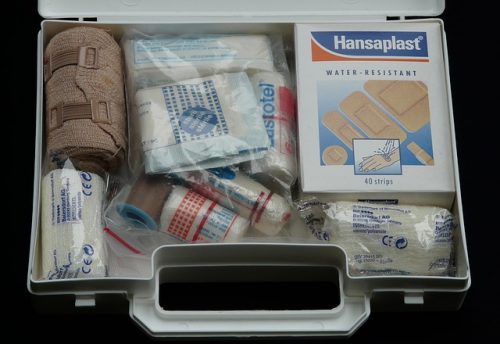
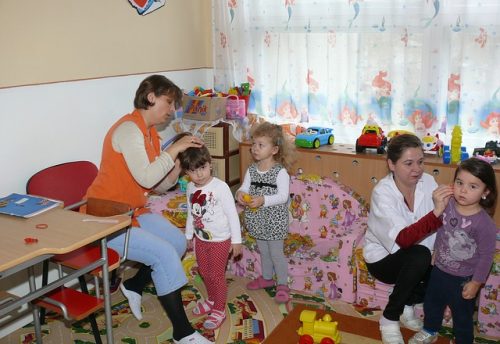
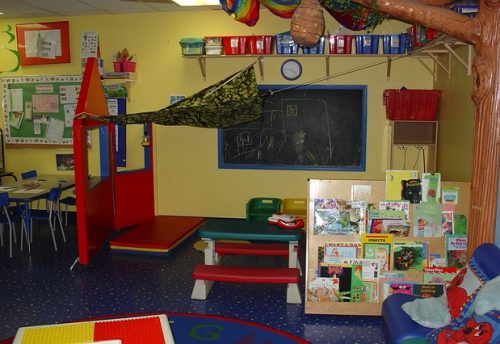
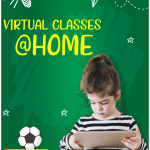
One Comment